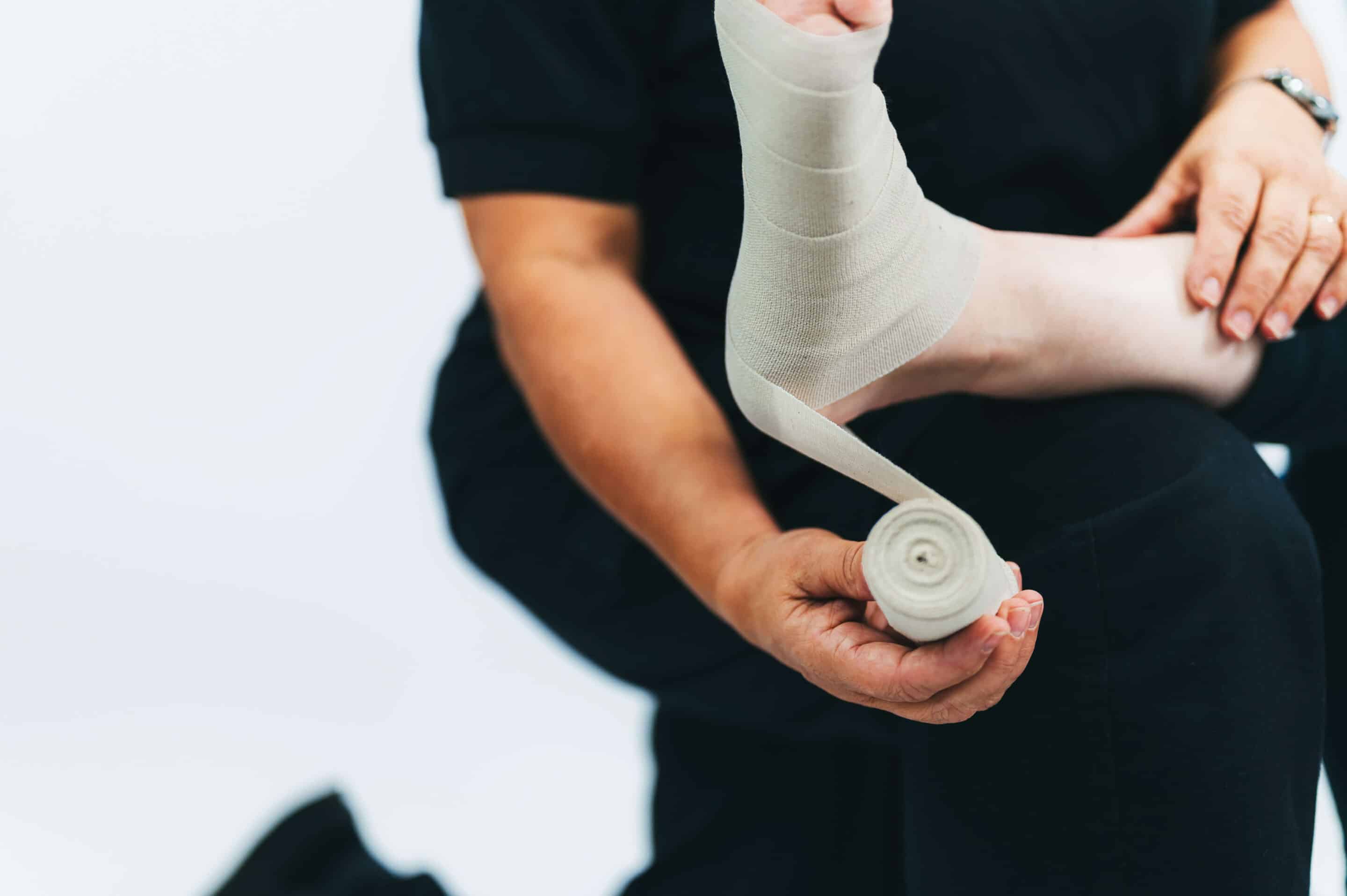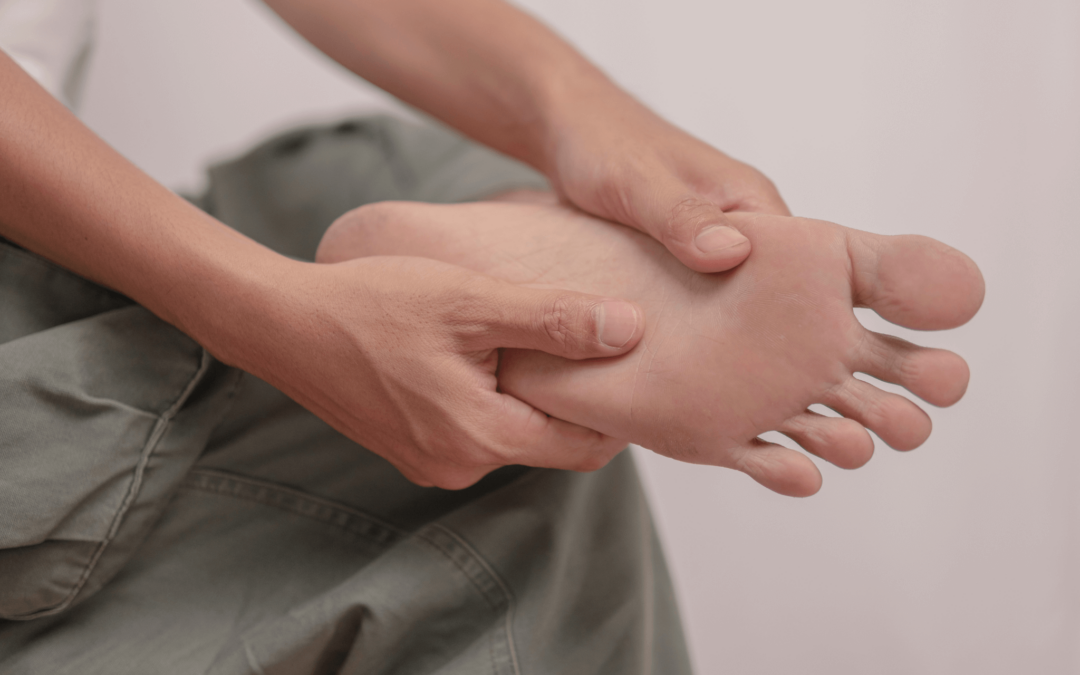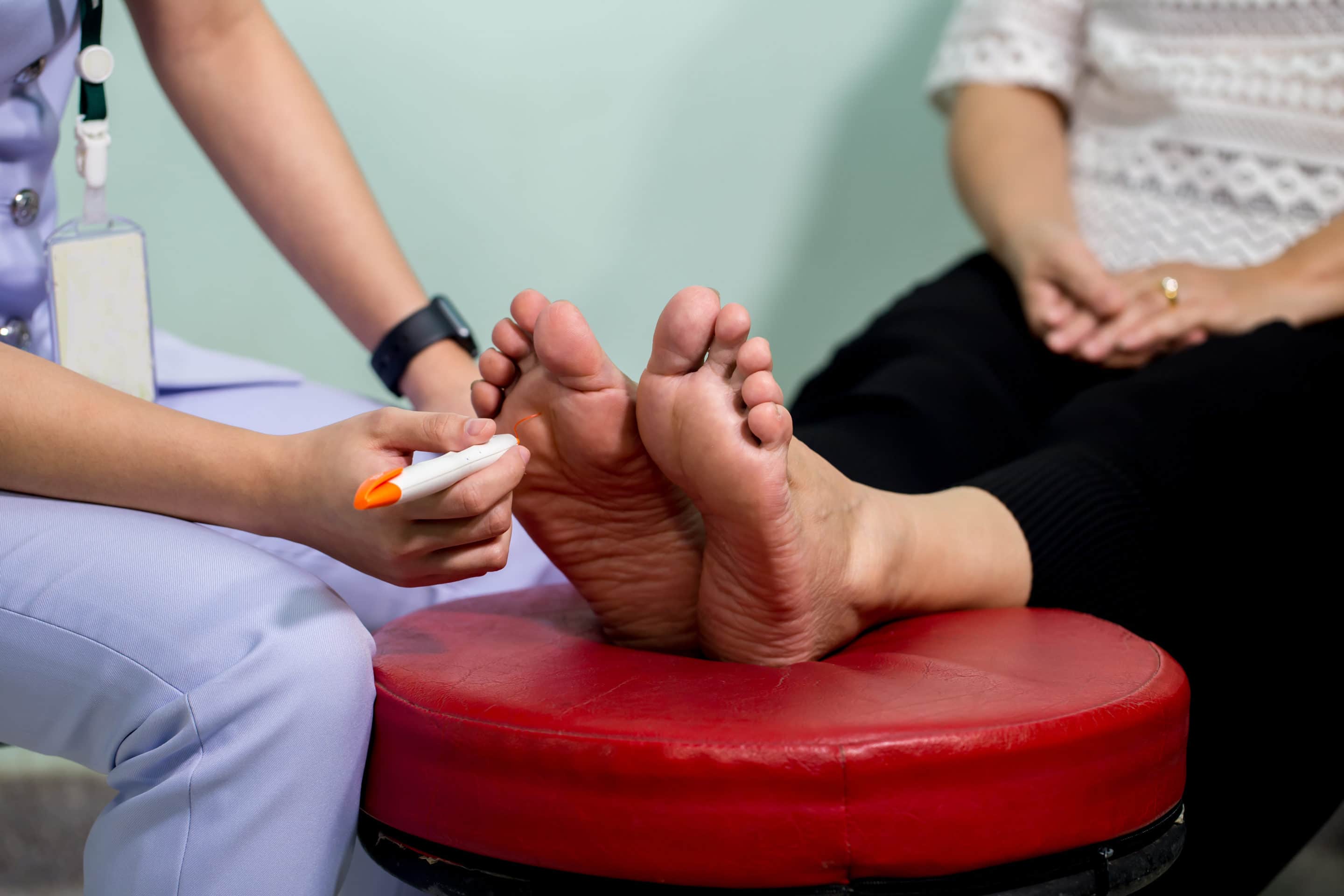Circulation in Wound Healing: Diabetic Footcare
The prevalence of diabetic foot wounds is a concerning statistic: nearly 15% of people with diabetes will experience a foot ulcer in their lifetime. Healing these wounds presents a unique challenge, as impaired circulation can drastically slow the healing process. This blog explores the vital role that circulation plays in wound healing and offers practical steps for improving blood flow to support diabetic foot care.
Understanding Circulation and Its Role in Wound Healing
Circulation is the process by which blood moves throughout the body, delivering essential oxygen and nutrients to tissues. In wound healing, circulation is fundamental because it provides the resources needed for cellular repair, inflammation control, and tissue rebuilding.
For wounds to heal effectively, blood flow must be robust. Blood delivers oxygen, which aids in cell repair and regeneration, while also removing waste products. Without adequate blood flow, the healing process is hindered, making it difficult for wounds to close properly and increasing vulnerability to infection.
Impact of Poor Circulation on Wound Healing
Delayed Healing
When circulation is poor, oxygen and nutrients reach the wound site more slowly, leading to delayed wound healing. This slowdown can result in prolonged recovery times and, in severe cases, increase the risk of chronic wounds that are resistant to standard treatments.
Increased Risk of Infection
Poor circulation impairs the immune system’s ability to combat bacteria at the wound site, elevating the risk of infection. Without an effective blood supply, the body struggles to transport the white blood cells and antibodies needed to fight off invading pathogens.
Necrosis and Ulceration
In cases of severe circulation impairment, tissues can begin to die—a process known as necrosis. This can lead to the formation of ulcers, which are painful, open sores that are challenging to treat and are prone to further complications in diabetic patients.
Techniques to Improve Blood Flow to the Feet
Regular Exercise
Engaging in regular, moderate exercise can significantly improve circulation. Activities like walking, swimming, and stationary cycling are gentle on the feet yet effective for encouraging blood flow. For individuals with diabetes, it’s best to consult a healthcare provider for suitable exercise options.
Compression Therapy
Compression therapy, including compression stockings, applies gentle pressure to the feet and legs, promoting blood flow. This method is beneficial in reducing swelling and enhancing circulation, although it should be used under medical supervision, especially for individuals with diabetes.
Foot Elevation
Raising the feet at or above heart level reduces swelling and promotes better circulation. Elevating the feet for 15–30 minutes a few times a day can encourage blood flow and reduce pressure on diabetic wounds.
Hydration and Nutrition
Staying hydrated is essential for circulation as it helps maintain the viscosity of blood. Additionally, a balanced diet rich in vitamins, minerals, and antioxidants supports vascular health, which is crucial for effective blood flow. Foods high in vitamin C, vitamin E, and omega-3 fatty acids are particularly beneficial.
Importance of Vascular Assessments
What is a Vascular Assessment?
A vascular assessment evaluates blood flow to check for any circulation issues. It’s essential for identifying problems early on, enabling proactive management and treatment of any identified circulation deficiencies.
Who Should Get Assessed?
Individuals with diabetes or peripheral artery disease (PAD) are at higher risk for circulation issues and should undergo regular vascular assessments. These checks can help prevent complications by detecting circulation problems before they become severe.
Types of Vascular Assessments
Common types of vascular assessments include Doppler ultrasound, which uses sound waves to evaluate blood flow, the ankle-brachial index (ABI) to compare blood pressure in the ankle and arm, and angiography, a specialized X-ray used to view blood vessels. Each test provides valuable insights into the vascular health of the feet.
Benefits of Regular Assessments
Routine vascular assessments can prevent severe complications by enabling early intervention. They also provide valuable data to guide treatment decisions, allowing individuals to take proactive steps in managing their circulation and overall foot health.
Comprehensive Diabetic Foot Care
Daily Foot Inspections
Checking the feet daily is critical for early detection of any abnormalities, such as cuts, blisters, or changes in skin color. Catching issues early helps prevent complications and supports faster healing.
Proper Footwear
Wearing supportive, well-fitted shoes can prevent injury and encourage healthy circulation. Diabetic-friendly shoes are designed to minimize friction and provide cushioning to protect the feet from ulcers and sores.
Moisturizing and Skin Care
Keeping the skin moisturized prevents it from drying and cracking, which can lead to wounds. Diabetic foot creams are available to help maintain skin hydration without excessive oiliness.
Regular Visits to Our Office
Regular check-ups with our experienced podiatrists provide professional care and monitoring, ensuring that potential issues are detected early and managed effectively. Our knowledgeable team can offer specific guidance on circulation improvement and diabetic wound care, making them a crucial part of a diabetic patient’s healthcare team.
Maintaining proper circulation is essential for effective wound healing, particularly for individuals with diabetes who face unique challenges in managing foot health. By taking proactive steps to improve circulation—such as regular exercise, compression therapy, and proper foot care—those with diabetes can support the healing process and reduce the risk of complications.
Take charge of your foot health today! Improve your circulation and contact us or call (214) 660-0777, if you notice any changes in your feet. Early intervention can make all the difference in keeping your feet healthy and preventing serious complications.
© Texas Foot & Ankle Center. All Rights Reserved.
Web Design by CP Solutions.
Marketed by VMD Services.



